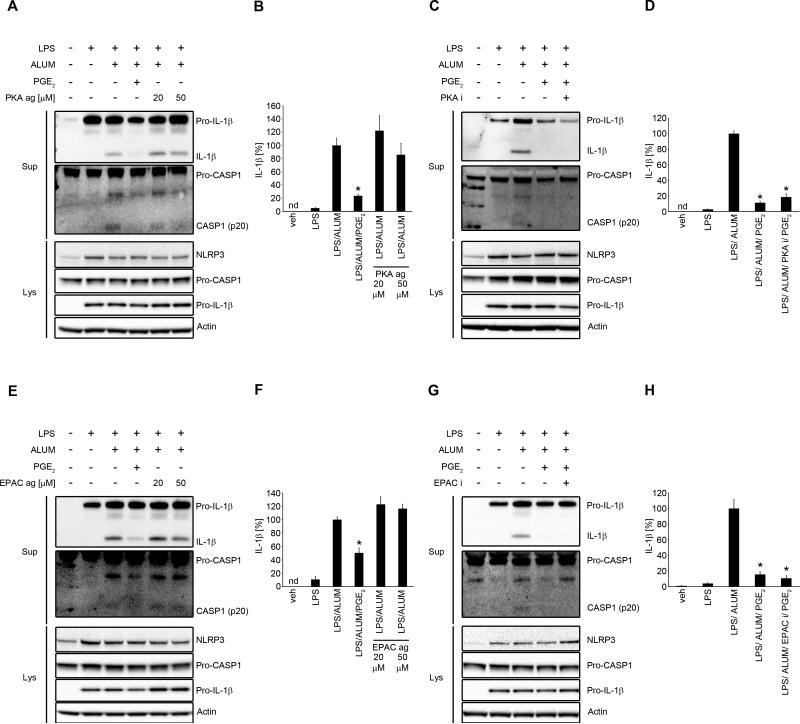Figure 5. cAMP is involved in PGE2-mediated NLRP3 inhibition.
(A, B) primary MDM were treated with/without LPS (100 ng/ml) for 4 h in complete medium, followed by treatment for 1 h with KH7 (25 μM) or IBMX (200 μM) or forskolin (50 μM), and followed by PGE2 (0.1 μM) or vehicle (EtOH) for 30 min and stimulated with alum for 5 h (400 μg/ml) in serum-free medium. Supernatants and lysates were collected for WB (A) or IL-1β ELISA (B). IL-1β release data represent the mean ± SEM from 3 independent experiments from 3 healthy donors, each performed in duplicate. Data are presented as the percentage of the response after LPS/alum treatment, which ranged from 76.7 to 562.8 pg/ml. # P < .05 as compared to LPS/alum treatment, * P < .05 as indicated, as assessed by one-way ANOVA, followed by Holm-Sidak post hoc test (B). (C) primary MDM were treated with IBMX (200 μM) with either vehicle (EtOH), PGE2 (0.1 μM) or forskolin (50 μM) for 15 min. cAMP measured in cell lysates represents the mean ± SEM from 3 independent experiments from 3 healthy donors, each performed in triplicate. * P < .05 as indicated, as assessed by Kruskal-Wallis ANOVA on ranks, followed by Dunn's post hoc test. (D and E) MDM were treated with/without LPS (100 ng/ml) for 4 h in complete medium, followed by 30 min treatment with indicated doses of 8-Bromo-cAMP or vehicle (Tris) and then stimulated with alum for 5 h (400 μg/ml) in serum-free medium. Supernatants and lysates were collected for WB (D) or IL-1β ELISA (E). IL-1β release data represent the mean ± SEM from 3 independent experiments from 3 healthy donors, each performed in duplicate. Data are presented as the percentage of the response after LPS/alum treatment, which ranged from 70.2 to 1100.9 pg/ml.* P < .05 as compared to LPS/alum treatment, as assessed by Kruskal-Wallis ANOVA on ranks, followed by Dunn's post hoc test (E). The WB are representative of 3 independent experiments from 3 healthy donors, each showing similar results (A and D).

